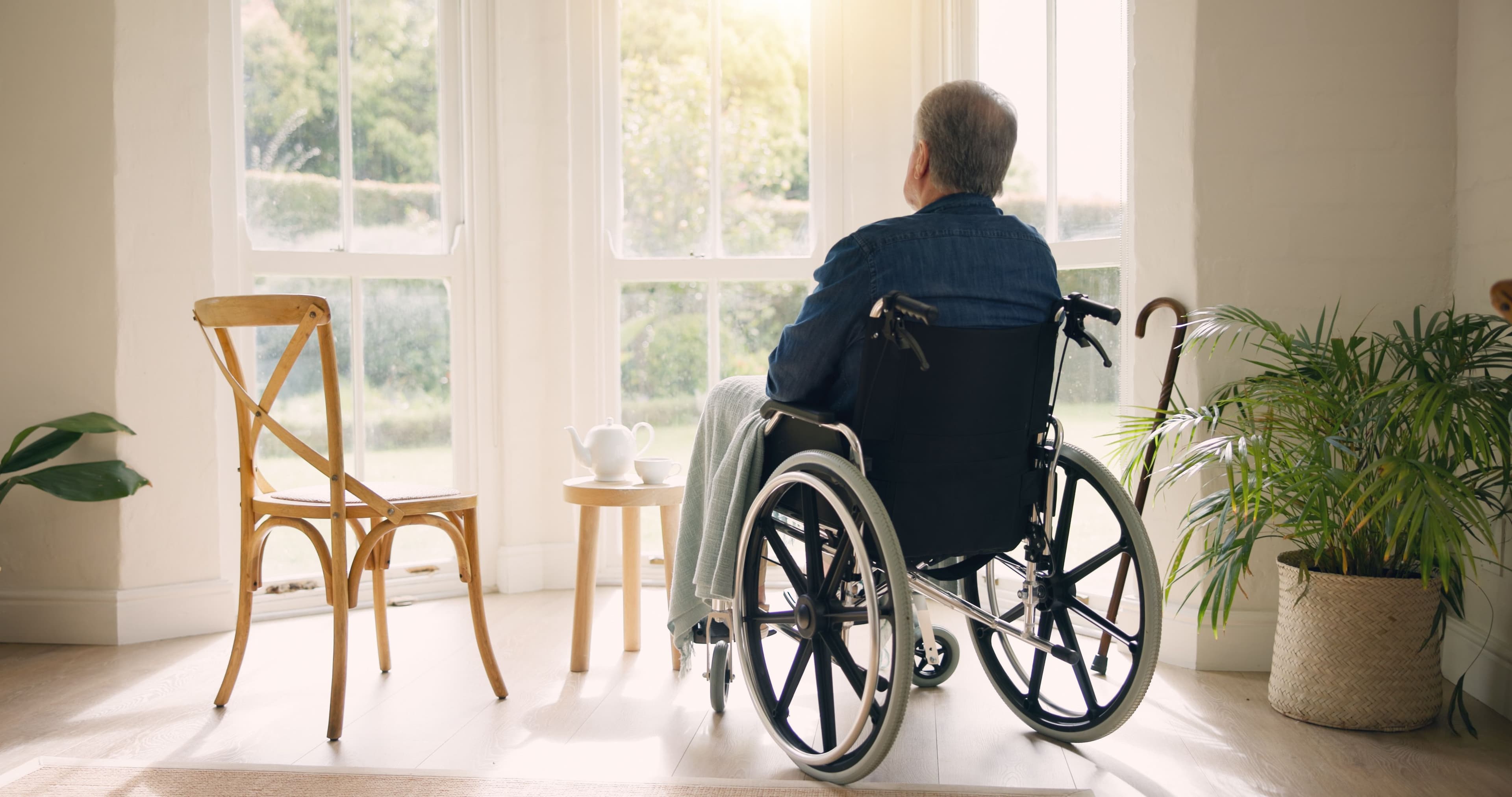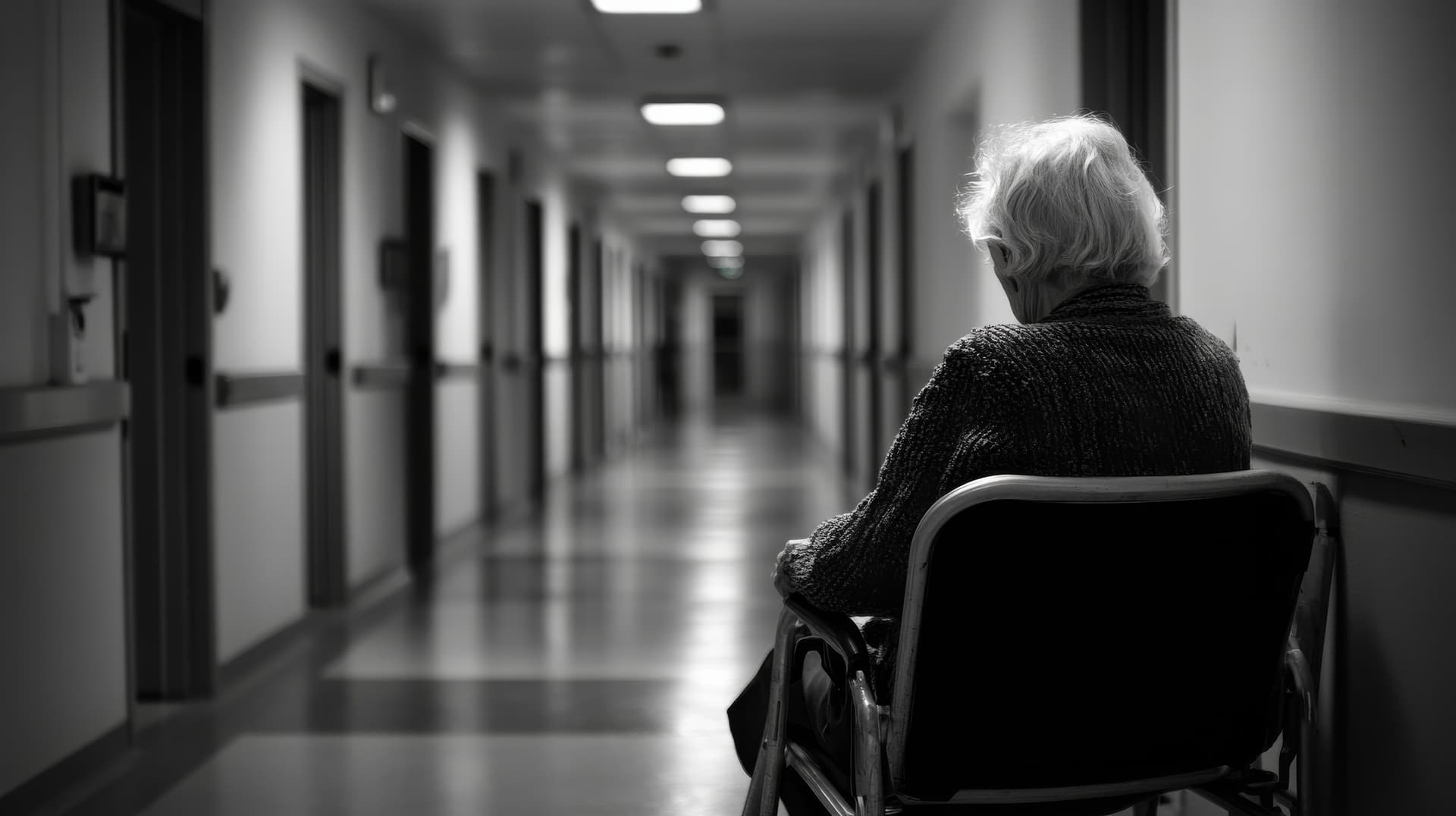
Nursing home abuse and neglect put vulnerable residents at serious risk, leading to malnutrition, dehydration, infections, and preventable injuries. When facilities fail to provide adequate care, residents suffer, and families are left feeling helpless. Lack of supervision, improper medical treatment, and unsafe conditions can result in devastating harm. Understanding the warning signs, knowing your legal rights, and holding negligent facilities accountable are crucial steps in protecting your loved ones. Learn how to take action and seek justice.
October 7, 2025
3 min
When families choose a nursing home for their loved one, they expect safe and attentive care. However, behind the welcoming smiles and clean lobbies, many facilities face a dangerous and growing crisis — chronic understaffing.
Across the United States, nursing home understaffing has become one of the most common causes of neglect and injury among elderly residents. With too few caregivers on duty, basic needs often go unmet, medications are missed, and serious emergencies are overlooked.
Understaffing doesn’t just strain employees — it endangers lives. Families deserve to understand why this problem exists, what warning signs to watch for, and how to take action when a loved one’s safety is compromised.
Understaffing in long-term care facilities rarely happens by accident. It is often the result of systemic decisions made by management and corporate ownership.
Common causes include:
Even when administrators acknowledge the issue, many fail to address it properly. Instead, they rely on overworked caregivers to manage impossible workloads — a situation that virtually guarantees mistakes.
When there aren’t enough caregivers, residents suffer. Every task — from feeding and bathing to administering medication — becomes rushed or delayed. The results can be devastating.
Here are some of the most common consequences of understaffing:
Every instance of neglect caused by understaffing is preventable. These are not unfortunate accidents — they are signs of systemic failure.

Understaffing can be difficult to spot, especially if the facility tries to hide the issue. Families should look for subtle red flags that indicate something is wrong.
Signs of possible understaffing include:
You might also notice staff turnover — new faces appearing constantly, or workers who seem rushed and irritable. These signs can indicate deeper operational problems that affect everyone in the facility.
Federal and state regulations require nursing homes to maintain sufficient staffing levels to meet residents’ needs. The Centers for Medicare & Medicaid Services (CMS) sets minimum standards for care, including daily nursing hours per resident.
When facilities fail to comply, they violate residents’ rights under the Nursing Home Reform Act of 1987. These violations may include:
In legal terms, understaffing is a form of negligence. If a resident is injured or their health declines due to lack of staff attention, the facility can be held liable for the harm caused.
Many nursing homes are operated by large corporations that view staffing as a line-item expense rather than a moral duty. They may reduce staff to maximize profit margins, relying on minimal compliance with regulations.
However, behind every statistic is a real person — someone’s parent, grandparent, or spouse.
Residents deserve to be treated with compassion, not as part of a budget calculation. The decision to understaff a facility is not only unethical but dangerous. It leads to suffering that could easily be prevented if administrators prioritized care over profit.
If you suspect your loved one’s nursing home is understaffed, trust your instincts and take action immediately.
Here’s what you can do:
Your voice can make a difference — not only for your loved one but for every resident in the facility.
Legal action is often the only way to force systemic change. By pursuing a claim, families can hold facilities accountable for violations of care standards and help prevent future harm.
A lawsuit can recover compensation for:
Holding nursing homes responsible for understaffing sends a powerful message: profit should never come before patient safety.
Understaffing in nursing homes is not merely a staffing issue — it’s a public health and human rights crisis. When facilities fail to provide enough caregivers, they expose residents to neglect, injury, and emotional harm.
Families who notice the warning signs should act quickly. Reporting the problem, documenting evidence, and seeking legal advice can protect your loved one and others who cannot speak for themselves.
If you suspect your family member has suffered because of nursing home understaffing, attorney Michael Hill is dedicated to uncovering the truth and holding negligent facilities accountable. With compassion and determination, he helps families demand the quality care and dignity that every senior deserves.